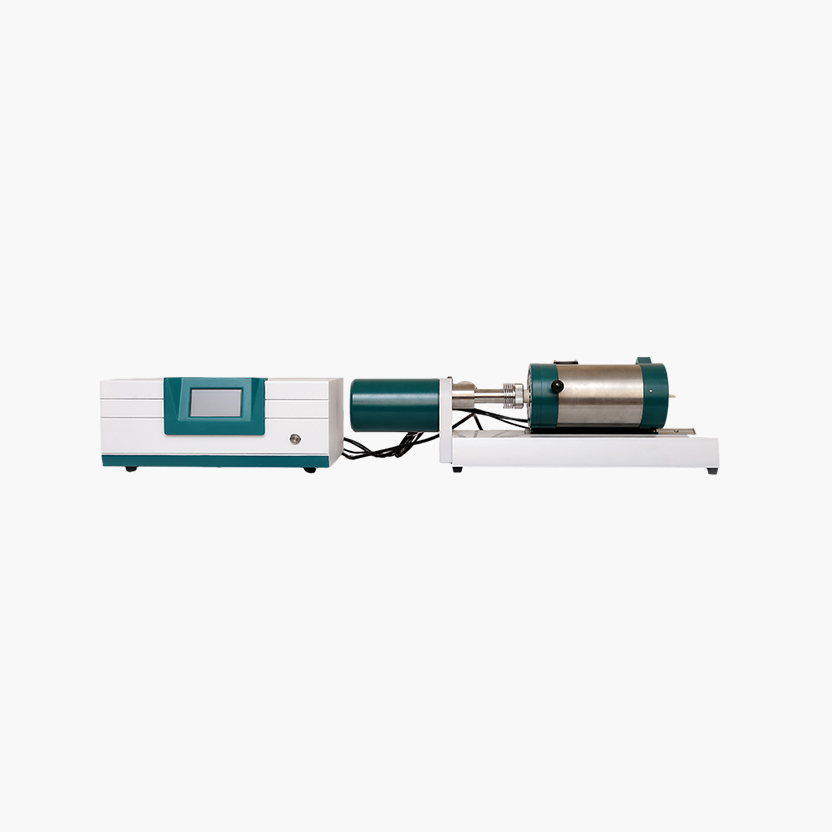Domestic thermal analysis instrument professional manufacturer
Dedicated to thermal analysis instrument for more than 20 years
Microcomputer horizontal dilatation analyzer
Instrument use
This instrument is used to detect the high temperature expansion performance of solid inorganic materials and metal materials, especially the performance of corundum, refractory materials, mold shell and core materials for investment casting, ceramics, ceramic raw materials, porcelain mud, glaze, glass, graphite, carbon, printing raw materials and other inorganic materials and metal products, providing necessary testing means for scientific research and teaching. This instrument can be used to study the linear variable, linear expansion coefficient, bulk expansion coefficient, softening temperature, sintering kinetics, glass transition temperature, phase transition, density change, sintering rate control (RCS) and their change curves. It can also protect the atmosphere of the sample according to the user's requirements, and the vacuum unit can be selected to vacuum, and the vacuum degree is 0.1Mpa.
Also applicable to GB/T3810.9, GB/T3810.10-1999 determination of linear thermal expansion of ceramic bricks.
Instrument characteristics
Large screen LCD display, real-time display of instrument status and data, two sets of temperature measurement couples, one set of electric couple real-time display furnace temperature (whether the heating furnace is working or not), the other set of electric couple display sample temperature at work.
Temperature rise control parameters can be sent through computer software during the experiment. Built-in high precision PID temperature control program, linear program temperature control.
Equipped with standard aluminum oxide samples for calibration, computer software built-in standard sample expansion database, real-time correction of instrument errors.
The measurement process is automatically completed, automatically drawn, and can also be manually corrected. The computer automatically calculates the coefficient of linear expansion, the coefficient of volume expansion, the amount of linear expansion, and the rapid expansion.
Imported displacement sensor, high measurement accuracy, good repeatability.
The position of the displacement sensor can be adjusted according to the length of the sample by using the high-precision self-locking displacement fine-tuning knob.
The displacement sensor fixing system adopts multiple sets of springs and sliding rods to ensure that the displacement sensor is always perpendicular to the contact surface of the sample during use, improving the detection accuracy.
The heating furnace body is equipped with a protective net with beautiful appearance, which can effectively prevent users from accidentally touching the outer wall of the heating furnace and causing burns.
Instrument index
Temperature range | HPY-1: Room temperature ~ 1100℃ HPY-2: Room temperature ~ 1500℃ |
Heating rate | Adjustable from 0.1℃/min to 80℃/min |
Sample length | 25mm±1mm |
Sample diameter | 4 to 6mm |
Sample holder | Quartz, aluminum oxide |
Displacement change | 2mm |
Displacement resolution | 20nm |
Temperature control mode | Heating, constant temperature (program automatic control) |
Temperature resolution | ±0.05℃ |
CTE accuracy | 0.01×10-6K-1 |
Atmosphere | Air, inert gas, vacuum (optional) |
Operation mode | Level |




